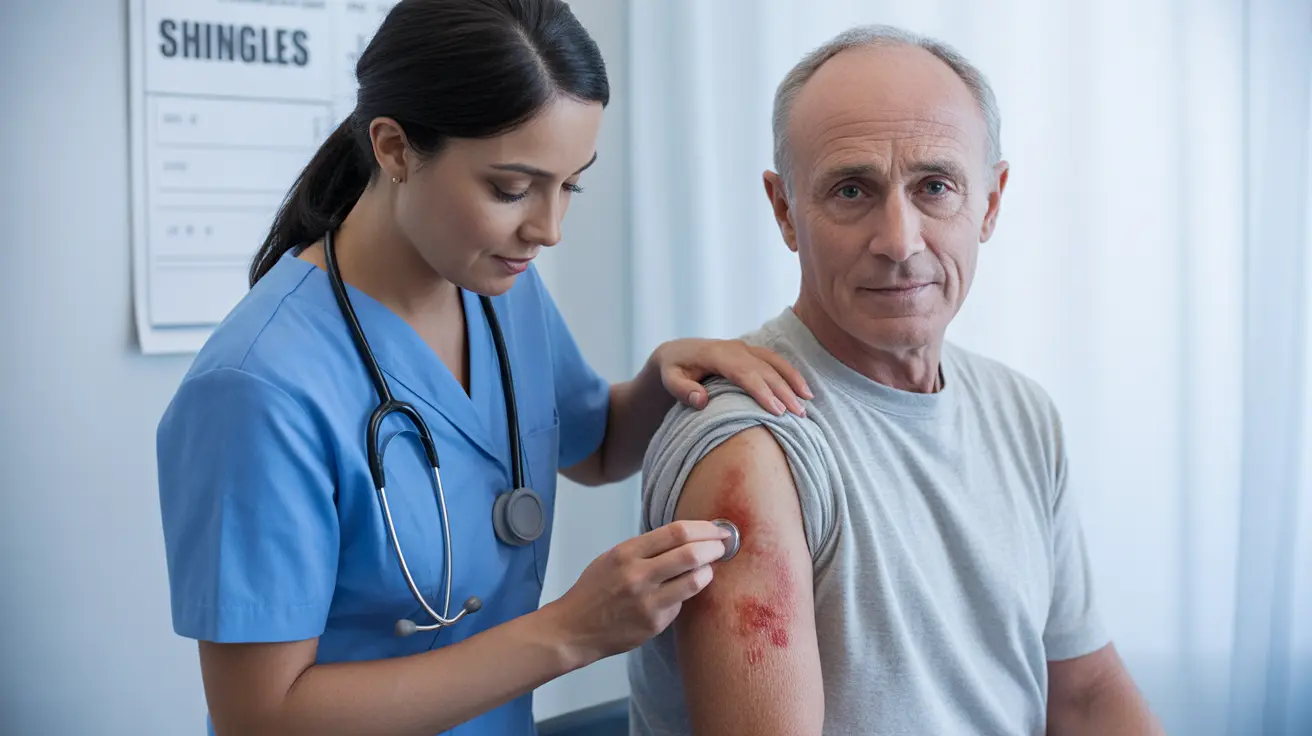If you suspect you have shingles, getting an accurate diagnosis is crucial for proper treatment. While many cases of shingles can be diagnosed through a physical examination of the characteristic rash, there are specific tests available when the diagnosis isn't immediately clear. Understanding these testing options can help you get the right treatment faster.
This comprehensive guide explores the various tests used to diagnose shingles, their accuracy, and when laboratory testing might be necessary for confirmation.
Physical Examination: The First Step in Diagnosis
Most healthcare providers can diagnose shingles through a careful physical examination, particularly when the distinctive rash and blisters are present. The characteristic pattern of the rash, typically appearing on one side of the body along a nerve pathway, often provides enough evidence for a diagnosis.
Laboratory Testing Options
PCR Testing
Polymerase Chain Reaction (PCR) testing is considered the gold standard for confirming a shingles diagnosis when necessary. This highly sensitive test can detect even small amounts of the varicella-zoster virus DNA in skin samples.
Viral Culture
A viral culture may be performed by taking a sample from an active blister. While this test is specific, it's generally less sensitive than PCR testing and may take longer to provide results.
Blood Tests
Blood tests can check for antibodies to the varicella-zoster virus, though they're less commonly used for diagnosis. These tests are more helpful in determining whether someone has had previous exposure to the virus.
When Is Laboratory Testing Necessary?
Laboratory testing for shingles is typically recommended in several specific situations:
- When the rash is absent or unusual in appearance
- In cases affecting the eyes or other sensitive areas
- For patients with weakened immune systems
- When confirmation is needed for treatment decisions
- In unusual cases or atypical presentations
Sample Collection Process
The collection of samples for shingles testing is generally quick and straightforward. Healthcare providers typically use sterile swabs to collect fluid or cells from active blisters, or may take small skin scrapings from the affected area. The specific collection method depends on the type of test being performed.
Test Results and Timing
The timeframe for receiving test results varies depending on the type of test ordered:
- PCR test results: Usually available within 1-3 days
- Viral culture results: May take up to 1-2 weeks
- Blood test results: Typically ready within 2-3 days
Frequently Asked Questions
- Is there a specific test to confirm a shingles diagnosis if the rash is not visible?
Yes, PCR testing can detect the varicella-zoster virus even when there's no visible rash. This test can analyze skin cells or fluid from the affected area for viral DNA.
- How accurate is the PCR test for detecting shingles compared to other tests?
PCR testing is considered the most accurate test for shingles, with both high sensitivity and specificity. It's more reliable than viral cultures and can detect the virus even when present in small amounts.
- When should someone with suspected shingles get laboratory testing instead of just a physical exam?
Laboratory testing is recommended when the diagnosis is unclear, when the rash is absent or unusual, in cases affecting sensitive areas like the eyes, or in patients with compromised immune systems.
- What types of samples are needed for shingles laboratory tests like PCR or viral culture?
Tests typically require either fluid samples from active blisters, skin scrapings from the affected area, or occasionally blood samples. The specific sample needed depends on the type of test being performed.
- How long does it typically take to get results from shingles laboratory tests?
Result times vary by test type: PCR results usually come back within 1-3 days, viral cultures can take up to 1-2 weeks, and blood test results are typically available within 2-3 days.




